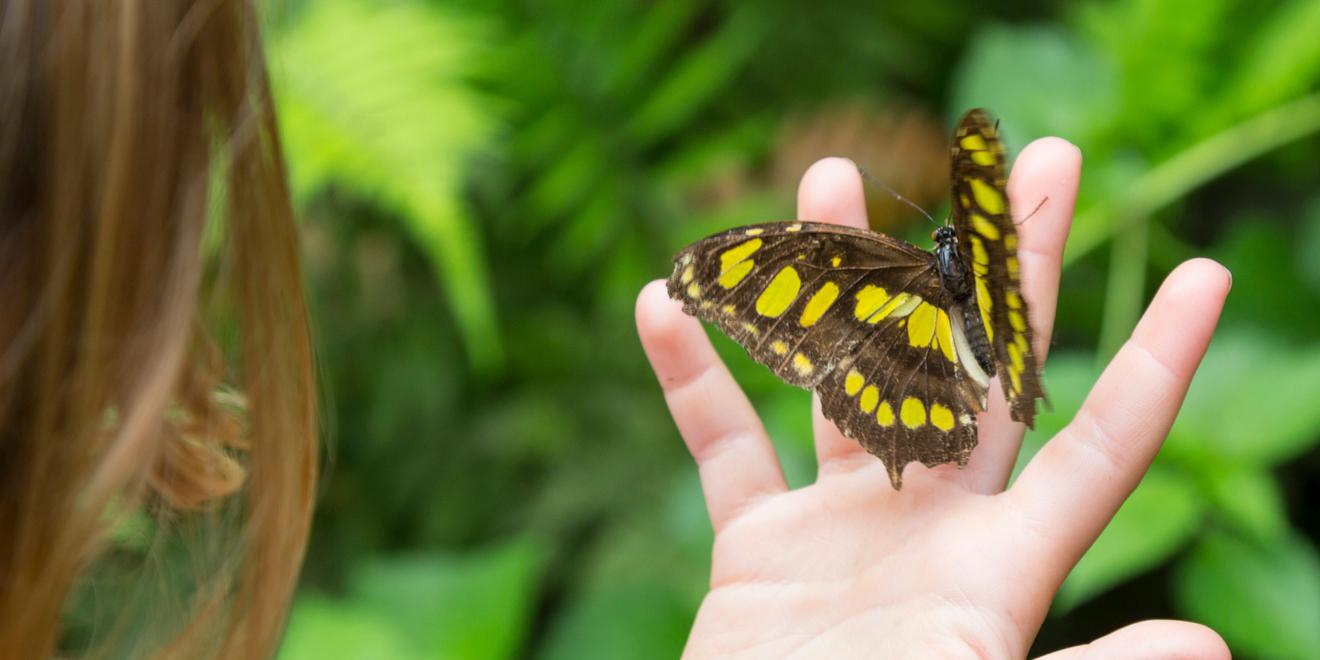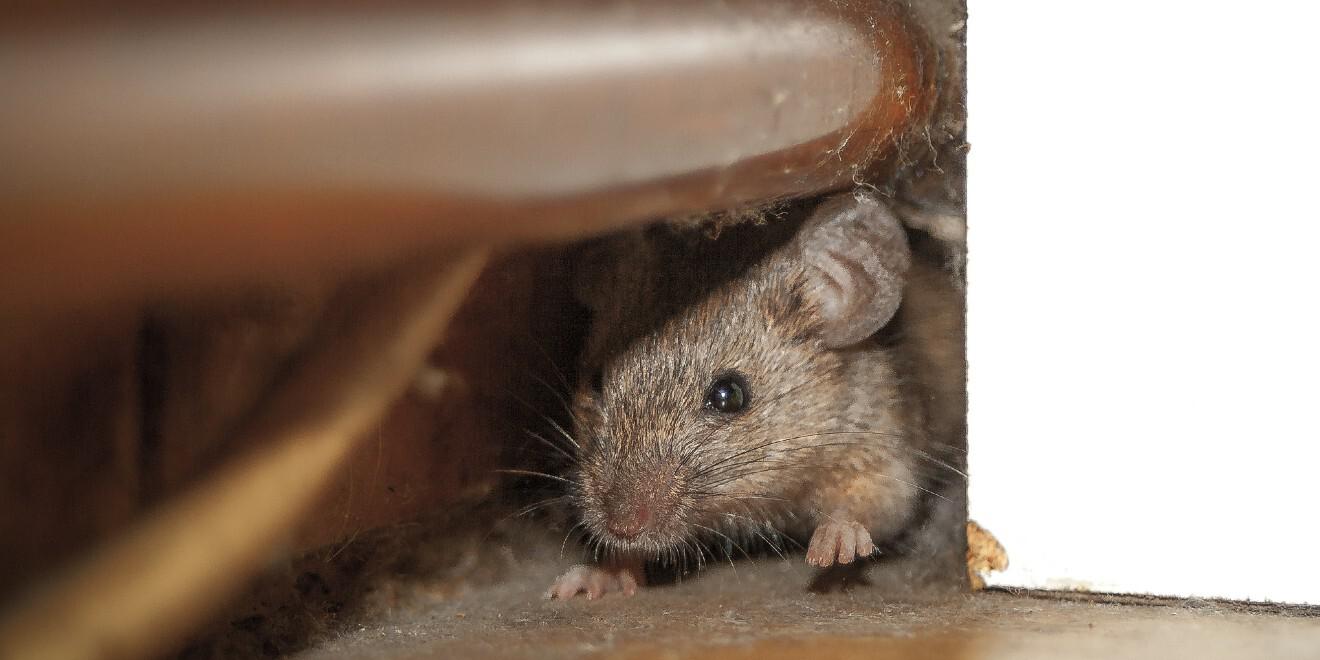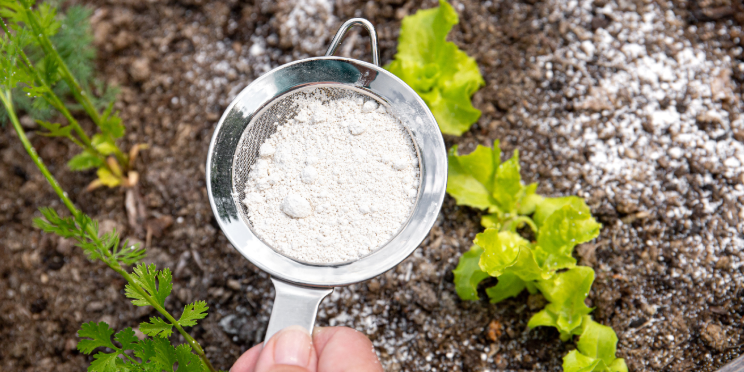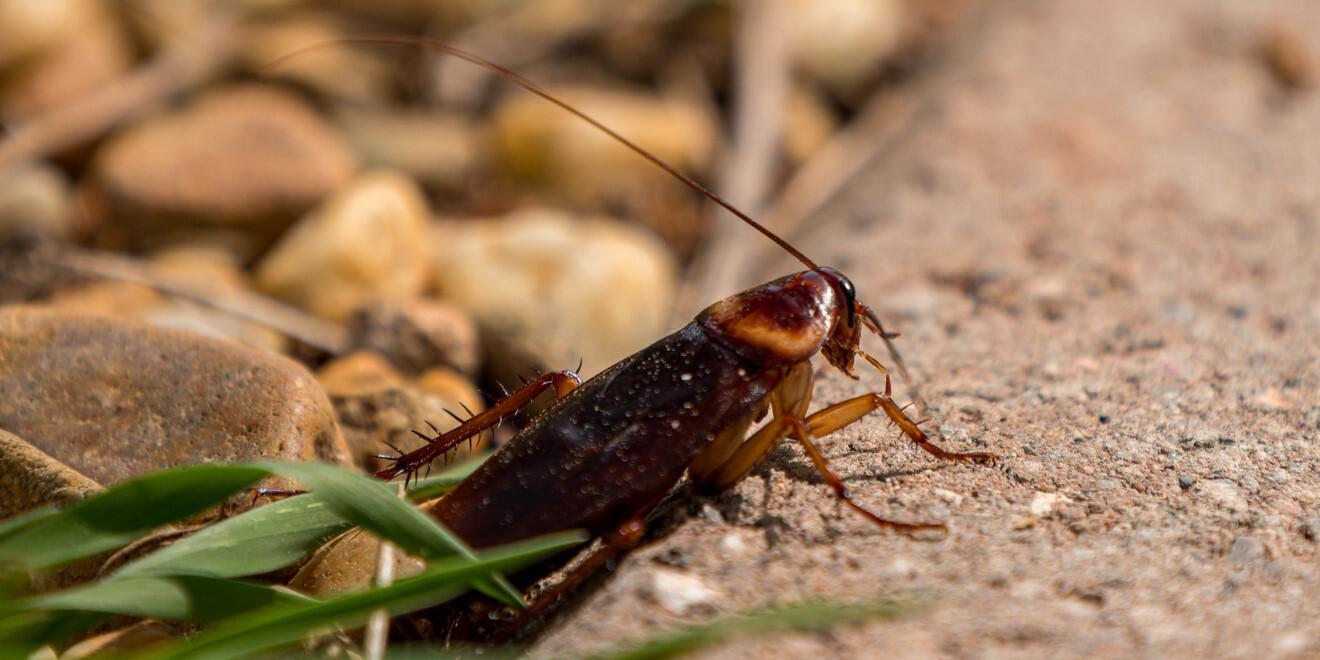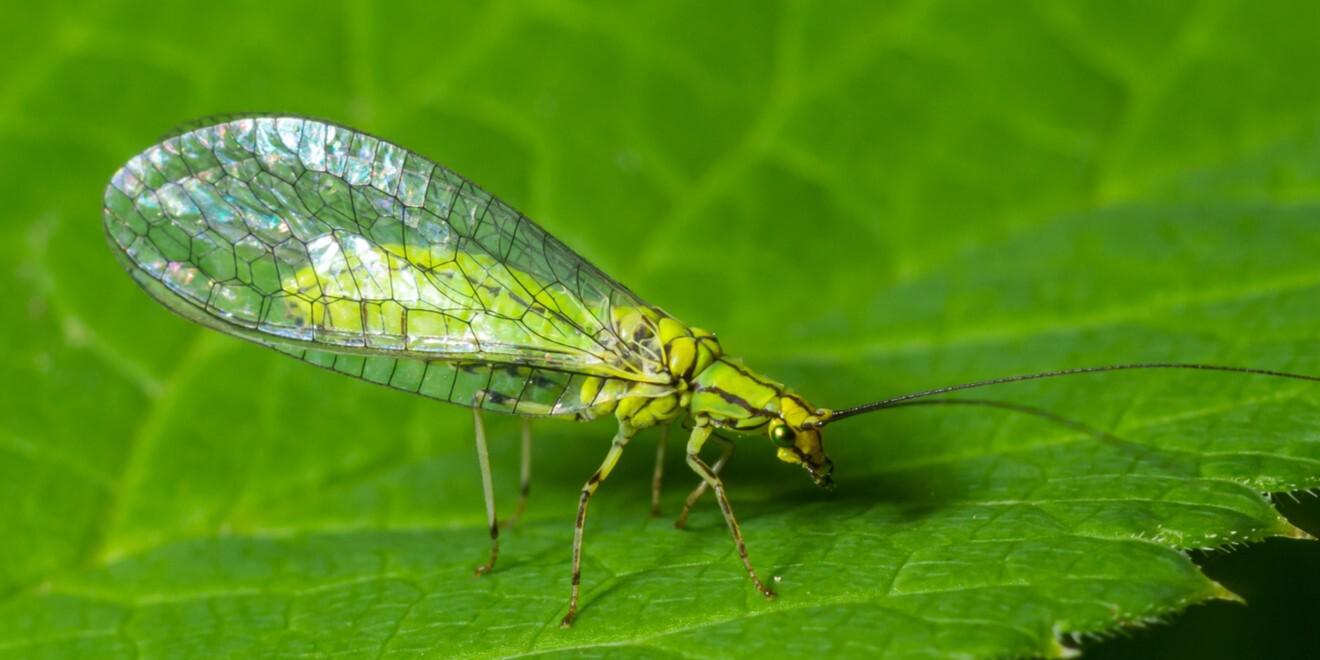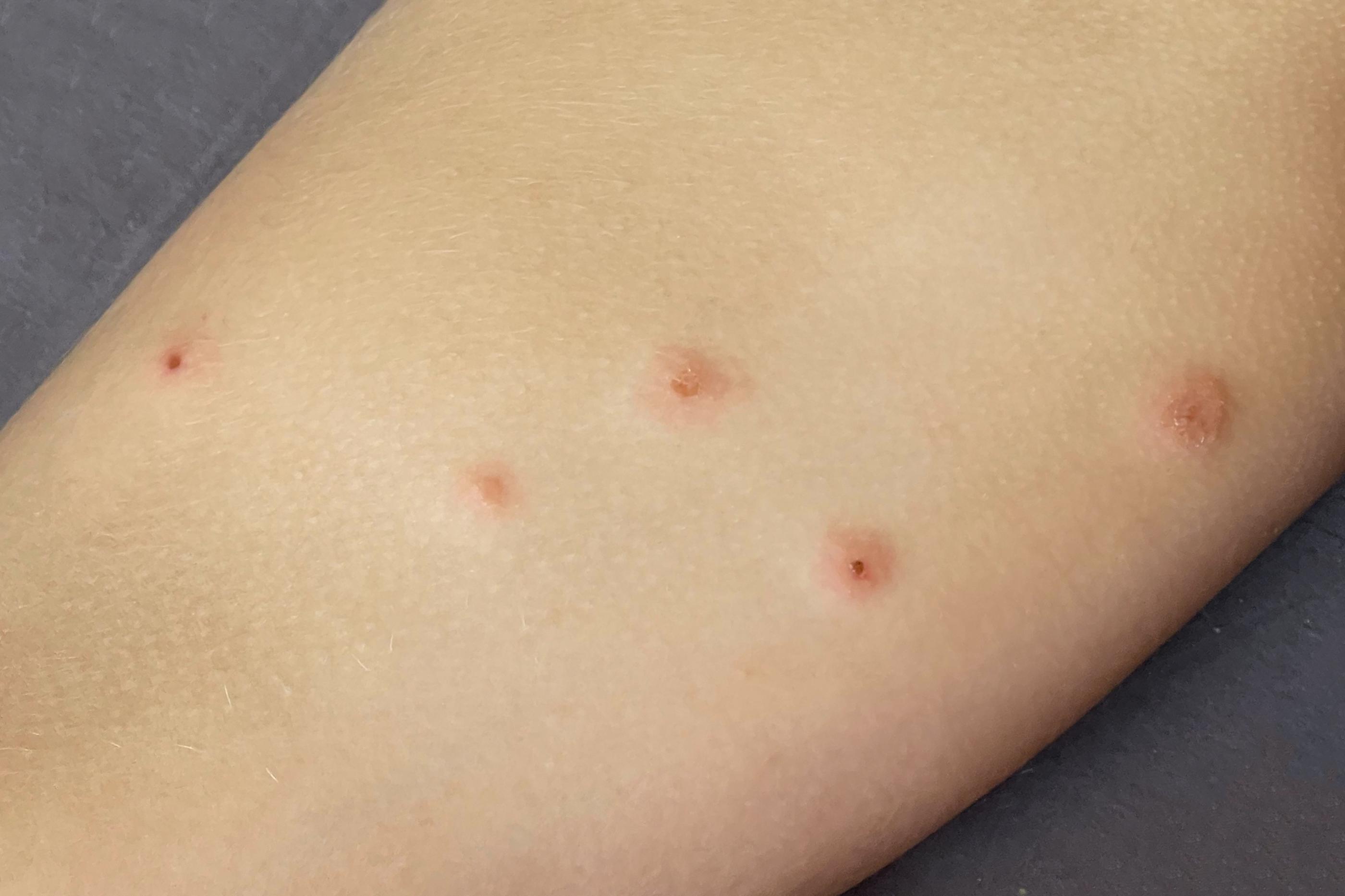Mosquito-Borne Disease: Chikungunya
Posted by Mosquito Squad
December 19, 2023

Chikungunya (pronounced chick en GUN yah) is a mosquito-borne illness. It cannot be transmitted from human to human, but only from human to mosquito to human. It is relatively common in some parts of the world, but only rose to our awareness in the United States in the 2010s.
Symptoms of chikungunya include headache, fever, joint pain, rash and in some cases, long term joint issues. There is no vaccine, and it can be painful, but it is seldom fatal. Chronic symptoms are also rare.
The primary carriers of chikungunya are Aedes aegypti (yellow fever mosquito) and Aedes albopictus (Asian tiger mosquito). Both of these species feed during the day, as well as at dawn and dusk. They are cavity nesting mosquitoes and they prefer to lay their eggs in stagnant water with rotting vegetation, or in areas that are currently dry but often fill with water. Their eggs can survive being dried out for long periods. In Texas, the yellow fever mosquito lays eggs almost exclusively in man-made containers such as tires, tin cans, flower pots, roof gutters and children’s toys. The Asian tiger mosquito lays eggs in these places as well as in tree holes and other natural cavities. These types of mosquitoes are weak fliers and are generally found within 1/2 mile of where they hatch. The Asian tiger mosquito seldom ranges more than 200 yards from where it was hatched.
The best way to reduce your chances of contracting chikungunya is to reduce your chances of being bitten by the mosquitoes that carry it through integrated pest management. First, eliminate mosquito breeding sites by following the 5 Ts. Tip out any containers with standing water, Toss out grass clippings and leaf piles, Turn over anything that can hold water, tighten Tarps so they cannot hold water and Treat natural tree holes with larvacide or mosquito dunks. Remember that even a bottle cap full of water can provide an egg laying site for these nasty pests. Keeping gutters clean will also help as even small dams in gutters can provide breeding sites. Because these Aedes mosquitoes don’t travel far from breeding sites, working with your neighbors can greatly reduce the population.
There are other things you can do to prevent bites, such as wearing long sleeves and pants, but more practical methods during a hot Texas summer include dressing in loose-fitting, light colored clothing. Mosquitoes are attracted to dark colors and body heat, and can easily bite through tight fitting clothing. Drinking beer will also make you more attractive to mosquitoes, so after mowing the lawn, down a sports drink instead. Avoid floral perfumes and lotions with the words “alpha hydroxy” in the ingredient list, and use repellents while enjoying outdoor activities. Finally, treat your yard to reduce the population around your home.










